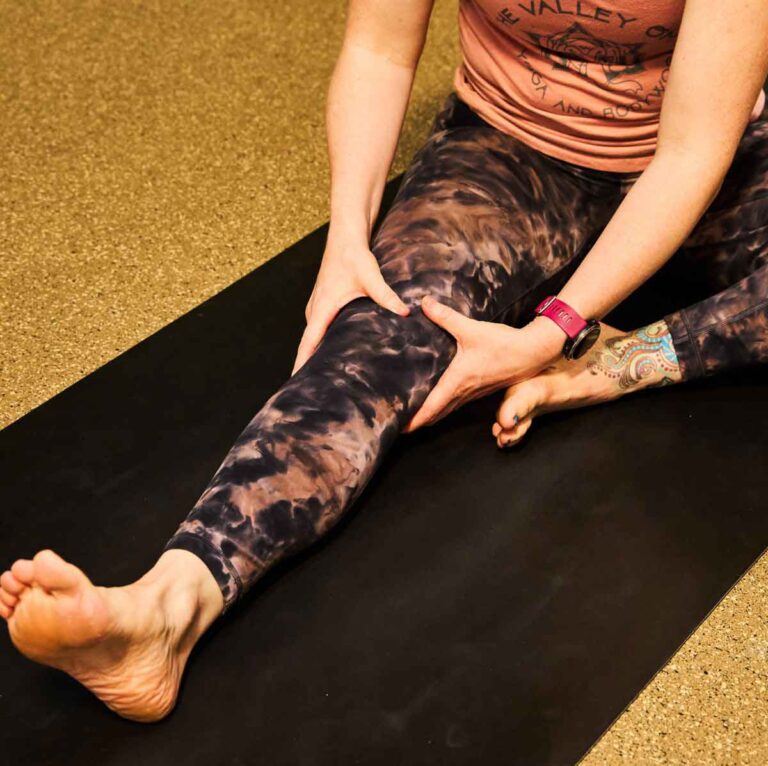Despite not causing any overt symptoms, ropy, blue blood vessels in the legs may make you feel self-conscious. But, in some people, varicose veins can harm the skin and, even worse, result in life-threatening blood clots. Between the ages of 40 and 80, 22 million women and 11 million men in the United States suffer from varicose veins.
Blood is fought against as it travels uphill through your leg veins to reach your heart. Tiny flaps or valves within these vessels keep blood from backing up while it travels, and the pumping motion of your leg muscles aids in advancing the blood.
Nevertheless, if these valves become weak, blood can pool, especially in the veins of your legs, which raises venous pressure. Your body attempts to enlarge the veins to alleviate the increasing pressure, which causes them to bulge and thicken and gives them the distinctively twisted appearance of varicose veins.
We’ve clarified 11 sometimes-confusing facts about these swollen veins to help you grasp the truth :
1. Varicose veins do not occur in men
Incorrect, although women are more likely to get varicose veins than men are (because of childbearing), men can also develop them. Varicose veins affect one-third of men over 50 and 15% of men under 50. By the time they are 60 years old, 42 percent of males will have varicose veins.

2. Women should postpone obtaining treatment until after their childbearing years
By receiving treatment for CVI before or between pregnancies, expectant mothers can prevent the considerable swelling and discomfort frequently linked to vein illness during pregnancy. Because varicose veins tend to worsen and emerge earlier with each consecutive pregnancy.
3. Vein disease is treated with compression stockings
Graduated compression stockings are an excellent approach to controlling symptoms and preventing the disease from getting worse, according to a study. Also, while in some circumstances compression stockings may offer protection against blood clots and swelling, vein disease cannot be reversed by wearing these garments.
4. Vein disease can only be treated by a vascular surgeon
No, a vascular surgeon carried out vein stripping, which is today viewed as an old-fashioned treatment for CVI, in a hospital operating room. But over the past 20 years, non-invasive, office-based procedures have replaced invasive, hospital-based surgery as the primary method of treating varicose vein disease.
5. Spider veins are not dangerous
According to extensive healthcare surveys, up to 80% of adults will get spider veins at some point in their lives. While there is no health danger associated with these ugly veins, for many people they can be a quality-of-life issue that affects how they dress or how at ease they feel in particular social circumstances. These tiny, twisted, red, purple and blue blood veins on the skin can signal the onset of venous illness one out of three times.
6. Vein therapy is not covered by insurance
Really wrong, treatment will be covered by the majority of insurance plans, including Medicare and Medicaid. Coverage is crucial because chronic venous insufficiency (CVI), which can cause more serious and expensive medical problems, is something insurance companies are aware of and aim to prevent.

7. Is varicose sickness inherited?
Indeed, a risk factor for vein disease is hereditary. There is a 90 percent chance that you will get varicose veins if both of your parents had varicose.
The good news is that although primary venous disease is a hereditary condition, there are now safe and efficient therapies available. The treatments of today are office-based, minimally invasive, and come with few restrictions and no downtime. Patients promptly resume their daily activities.
8. Varicose veins are only an aesthetic issue
Varicose veins brought on by vein disease have been shown to be a medical issue, contrary to what many people once believed to be just an “aesthetic issue.”
Skin rashes, discoloration, infections, and ulcerations can all result from a loss of skin integrity, which can also cause changes in skin color and texture. Also, if the skin is wounded, the injury may take longer to heal, increasing the risk of infection or scarring for the patient.
9. Natural remedies and non-medical treatments offer alleviation
Herbal lotions, sprays, and patches that are sold as a home remedy for varicose veins have a slight analgesic effect. These drugs have the temporary ability to ease varicose vein discomfort. The main problem, ineffective leg veins, is not addressed by these alternate treatments.
10. Varicose veins recur frequently
Modern treatments, when administered by a skilled vein doctor, are very effective. When performed by a professional, the rate of recurrence of the same vein is less than 5%.
According to the Centers for Disease Control and Prevention (CDC), venous insufficiency is a chronic vein illness that lasts for a year or longer and necessitates continuing medical care.
11. Only wound care is necessary to heal ulcers
Wrong, treatment of the underlying venous illness improves ulcer healing and lowers recurrence rates, so treating skin ulcers requires a multidisciplinary approach. 90% of leg ulcers may be cured with wound care alone, however, if the underlying problem that caused the ulcer is not resolved, the recurrence rate is above 50%.
To diagnose, treat, and stop the progression of chronic venous insufficiency, get in touch with Specialty Care Clinics by dialing (469) 545-9983 right away to book your appointment.
